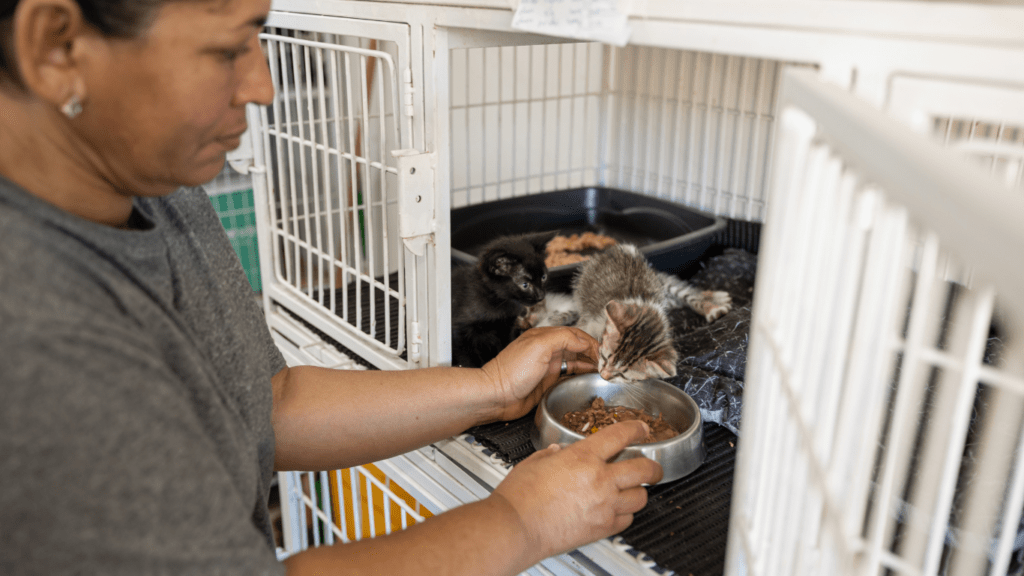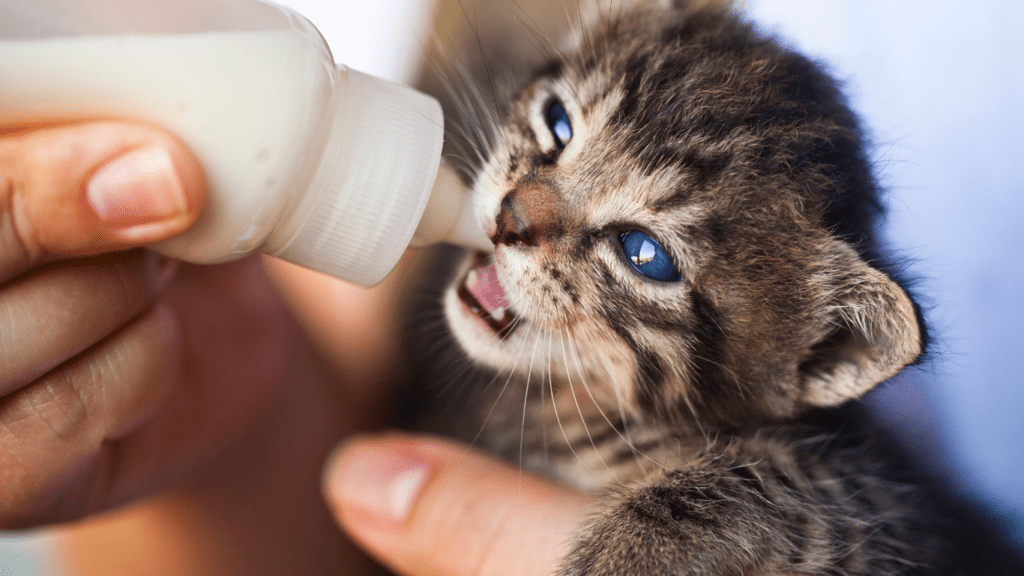Transitioning your pet to a new diet can be a challenging but necessary process for their health and well-being. As a pet owner, I understand the importance of ensuring a smooth transition to prevent any digestive upsets that may occur.
In this article, I’ll share valuable insights and practical tips on how to make this dietary change as seamless as possible for your furry friend.
When it comes to changing your pet’s diet, patience and a gradual approach are key. I’ll guide you through the steps I’ve found most effective in helping pets adjust to new foods without experiencing tummy troubles.
By following these expert recommendations, you can minimize the risk of digestive upsets and support your pet’s transition to a healthier diet with confidence.
Understanding the Importance of Transitioning Your Pet’s Diet
Transitioning your pet’s diet is crucial for their health and well-being. It’s essential to introduce new food gradually to prevent digestive upsets. As a pet owner, I know how important it is to show patience during this process to ensure a smooth transition to a healthier diet for your beloved companion.
My goal is to provide valuable insights and practical tips to help you navigate this dietary change with ease, ultimately supporting your pet’s journey to better nutrition.
Signs that Indicate the Need for a Diet Change
Observing Your Pet’s Behavior
Analyzing how your pet behaves can reveal crucial hints that it might be time for a dietary switch. Changes in appetite, energy levels, or temperament might signify that their current diet is no longer suitable.
For instance, if your dog suddenly becomes less interested in meal times or seems lethargic, it could be a sign that their current food is not meeting their nutritional needs.
Monitoring Digestive Health
Keeping an eye on your pet’s digestive health is vital in assessing the suitability of their diet. Issues such as frequent diarrhea, vomiting, or constipation can indicate that their current food is causing digestive upsets. Any unexplained weight loss or gain should also prompt consideration of a diet change to ensure your pet maintains a healthy weight and receives adequate nutrition.
Steps to Safely Transition Your Pet to a New Diet
Gradual Transitioning Process
When transitioning my pet to a new diet, I follow a gradual process to ensure their well-being and prevent digestive upsets. I start by mixing a small amount of the new food with their current food.
Monitor Behavior and Digestive Health
I pay close attention to my pet’s behavior and digestive health throughout the transition. Any changes in appetite, energy levels, or digestive issues prompt me to adjust the transition process accordingly.
Patience and Consistency
During the transition period, I remain patient and consistent with the new diet plan. I understand that it may take time for my pet to adjust to the new food, so I avoid rushing the process.
Vet Consultation
Before making any dietary changes, I always consult my veterinarian. They provide personalized recommendations based on my pet’s specific needs, ensuring a smooth and safe transition to a new diet.
Choosing the Right New Diet for Your Pet
When selecting a new diet for your pet, I prioritize high-quality ingredients that cater to their specific nutritional needs. It’s essential to consider factors like your pet’s age, breed, activity level, and any existing health conditions to determine the most suitable diet.
I always opt for pet foods that meet the Association of American Feed Control Officials (AAFCO) standards to ensure balanced nutrition.
Researching different pet food brands and their ingredient lists is crucial. I verify that the new diet does not contain any ingredients that my pet may be allergic to or have had issues with in the past.
Examining the guaranteed analysis on the pet food label helps me understand the nutrient content, ensuring it aligns with my pet’s requirements for a healthy diet.
In addition to the ingredients, the form of the pet food matters too. Depending on my pet’s preferences and chewing habits, I choose between dry kibble, wet canned food, raw diet, or a combination to provide variety in their meals.
It’s essential to consider what your pet enjoys eating while meeting their nutritional needs.
Considering your pet’s individual preferences and dietary requirements, I evaluate the option of specialized diets such as grain-free, limited ingredient, or weight management formulas. These specialized diets can address specific health concerns or support certain dietary restrictions, offering tailored nutrition for your pet’s well-being.
Before making a final decision, I consult with my veterinarian to discuss the new diet plan. A veterinarian can provide valuable insights, recommend appropriate diets based on your pet’s health status, and ensure a smooth transition without compromising their digestive health.
Consulting a professional ensures that the new diet is personalized to your pet’s unique needs, promoting a seamless transition and overall well-being.
Tips to Avoid Digestive Upsets During the Transition
When transitioning your pet to a new diet, I want to ensure it’s done smoothly to prevent any digestive upsets. Here are some tips to help in this process:
- Gradual Transition: I recommend slowly introducing the new food by mixing it with their current diet over a period of 7-10 days. This gradual shift allows your pet’s digestive system to adapt gradually without causing any sudden shocks.
- Monitor Closely: I suggest keeping a close eye on your pet during the transition phase. Watch for any signs of digestive upsets such as diarrhea, vomiting, or changes in appetite. If I notice any concerning symptoms, it’s crucial to consult with a veterinarian.
- Stay Consistent: I emphasize the importance of consistency during the transition period. Maintaining a regular feeding schedule and sticking to the prescribed proportions of old and new food helps in easing the process for your pet’s digestive system.
- Hydration is Key: I remind pet owners to ensure their furry friends have access to fresh water at all times, especially during the transition phase. Proper hydration supports digestion and overall well-being.
- Avoid Abrupt Changes:I advise against sudden switches in diets as they can shock your pet’s system and lead to digestive issues. It is best to make gradual changes to allow for a smooth transition.
By following these tips, I can minimize the chances of digestive upsets and make the transition to a new diet a positive experience for your pet.


 Elena Palen is an integral part of the team behind Animal Potty Care, contributing her knowledge in pet travel care and innovative solutions for on-the-go potty training. Elena’s attention to detail ensures that pet owners have access to reliable, practical tips for keeping their pets comfortable during trips. Her contributions to the platform help make travel with pets a seamless experience, providing users with creative solutions and advice to maintain their pets’ routines while on the move.
Elena Palen is an integral part of the team behind Animal Potty Care, contributing her knowledge in pet travel care and innovative solutions for on-the-go potty training. Elena’s attention to detail ensures that pet owners have access to reliable, practical tips for keeping their pets comfortable during trips. Her contributions to the platform help make travel with pets a seamless experience, providing users with creative solutions and advice to maintain their pets’ routines while on the move.